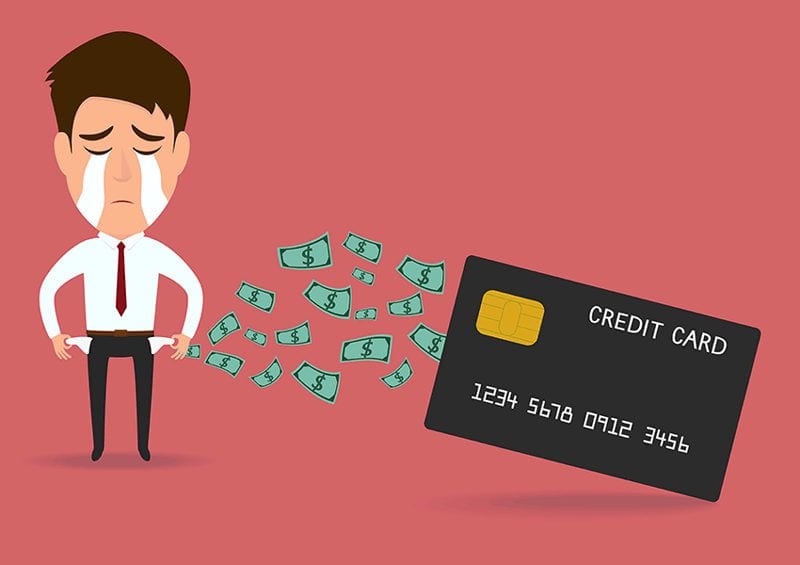
Credit card debt can be a significant burden, affecting your financial stability and peace of mind. However, with a well-thought-out plan, you can reduce and eventually eliminate your debt. Here are five simple steps to help you get started.
1. Assess Your Debt Situation
The first step in tackling credit card debt is understanding exactly how much you owe. Gather all your credit card statements and list the balances, interest rates, and minimum payments for each card. This will give you a clear picture of your total debt and help you prioritize which cards to focus on first.
Tip: Consider using a debt tracking app or a simple spreadsheet to keep track of your progress.
2. Create a Budget and Stick to It
Creating a budget is crucial to managing your finances and paying down debt. Start by listing your monthly income and essential expenses (like rent, utilities, groceries, and transportation). Allocate a portion of your remaining income towards paying off your credit card debt.
Tip: Cut unnecessary expenses, like dining out or subscription services, and redirect that money towards your debt.
3. Prioritize High-Interest Debt
Credit cards with high-interest rates can quickly spiral out of control, making it harder to pay off the principal balance. Focus on paying off high-interest cards first while making minimum payments on the others. This strategy, known as the avalanche method, will save you money on interest over time.
Tip: If you’re struggling with multiple high-interest cards, consider transferring your balance to a card with a lower interest rate or a 0% introductory rate.
4. Pay More Than the Minimum
Paying only the minimum amount due each month can keep you in debt for years. To reduce your debt faster, aim to pay more than the minimum payment. Even an extra $50 or $100 a month can make a significant difference over time.
Tip: Set up automatic payments for an amount higher than the minimum to ensure you consistently pay down your debt.
5. Consider Debt Consolidation
If you’re overwhelmed with multiple credit card balances, debt consolidation might be a viable option. This involves taking out a personal loan or using a balance transfer credit card to pay off all your existing credit card debts. You’ll then have just one monthly payment, ideally at a lower interest rate.
Tip: Before consolidating, ensure that the terms of the new loan or credit card are favorable and will save you money in the long run.
Conclusion
Reducing credit card debt takes time, discipline, and a solid plan. By assessing your debt, creating a budget, prioritizing high-interest debt, paying more than the minimum, and considering debt consolidation, you can take control of your finances and work towards a debt-free future. Remember, the key is consistency and making smart financial choices along the way.
